With My Hero Academia’s eighth and final season set to air in fall 2025, now is an excellent time to look back on the prior seven seasons that made the series the tremendous success it is today. With 159 episodes of My Hero Academia currently available to watch, the series has definitely covered a lot of ground in the past 8 years since its initial May 2018 debut.
My Hero Academia follows high school student Izuku Midoriya, better known as Deku, who is willing to sacrifice anything to achieve his dream of becoming the #1 Pro Hero. Along the way, Deku faces grueling exams, life-or-death villain battles, and interpersonal conflicts, all of which are featured across a whopping seven anime seasons. It can be difficult to select a favorite season, since each one has highs and lows. Among the seven seasons currently available though, some definitely encompass the series’ strengths better than others.
7
Season 5
The Joint Training, Endeavor Agency, and Meta Liberation Army Arcs
It is tough to rank any season as My Hero Academia’s worst, since they are all worth watching and focus on different aspects of the characters’ lives, but season 5 could be considered one of the weaker installments in the series. The Joint Training Battle between Class 1-A and Class 1-B was long-awaited, since these two classes were constantly in a rivalry and could finally decide with finality who was the best.
Related
A Controversial My Hero Academia Twist Is Still Consistent with the Theme of the Manga
A controversial twist reveal about Shigaraki’s backstory still fits with the theme of the Shonen series.
The interactions between Class 1-A and 1-B are riveting and finally shed some light on this class that receives very little screentime relative to 1-A. There was also a strong emotional component to season 5, as Todoroki’s toxic family dynamics and poor relationship with his abusive father, Endeavor, were finally explored, as well as the reveal of Tomura Shigaraki’s tragic backstory. Season 5 might have been easier on the thrilling battles than other seasons, but it dove deeper into relationships between characters and past trauma, which is also an important part of the series.
6
Season 1
The Entrance Exam, Quirk Apprehension Test, Battle Trial, and U.S.J. Arcs
Season 1 is where it all started, and although it may not be as dramatic and lively as later seasons, the beginning of Deku’s journey will always be a necessary and valuable part of the story. At the start of season 1, Deku’s dream of becoming a hero felt forever out of reach, until he stumbled across All Might, was unexpectedly chosen as the #1 Pro Hero’s successor, and got into his dream school, U.A. High.
This season chronicles Deku’s early life, struggles with being Quirkless in a world teeming with super-powered heroes, All Might becoming his mentor, and his difficulties getting into U.A. High and experiencing his first classes. The action in season one is relatively tame, with the USJ attack being the only major disaster. This season does a fantastic job delving into what it takes to become a Pro Hero and the students’ daily lives at school, which is something later seasons sometimes lack.
5
Season 2
U.A. Sports Festival, Vs. Hero Killer, and Final Exams Arcs
The manga arcs contained in Season 2 are thrilling, finally pushing the newly-admitted U.A. High students into action for the first time in their careers. The U.A. Sports Festival offered each individual a chance to display the full power of their Quirk, as well as their expertise at using it. This arc was particularly gripping to watch, as students battled for the coveted #1 spot both individually and in teams. The dynamics and relationships between Class 1-A became more clear, and Todoroki in particular experienced phenomenal character development, viewing his previously despised Quirk in a new light thanks to some encouraging remarks from Deku.
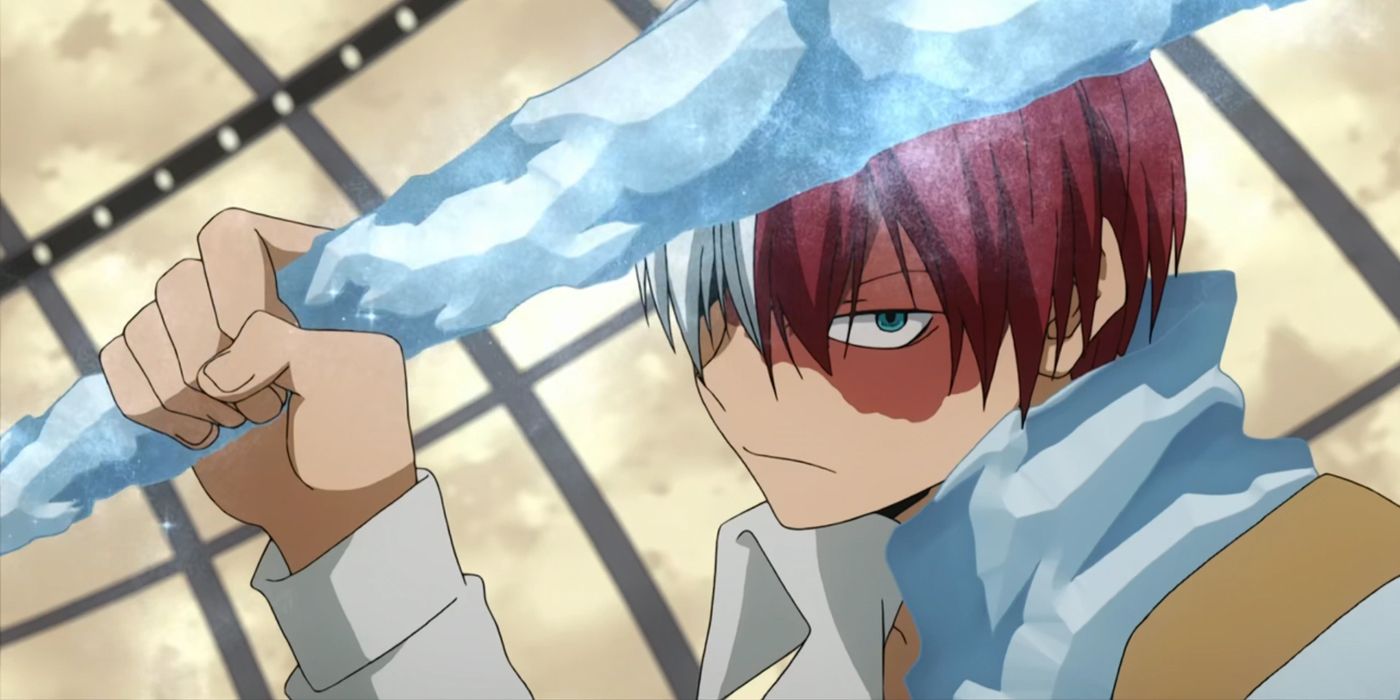
Related
My Hero Academia’s Best Character Arc Is Not Deku’s
An essential moment of failure helped to redefine Todoroki’s character arc, leading into a new era for the Half-Hot/Half-Cold hero student.
The Vs. Hero Killer arc marked one of U.A. High’s first significant threats, and offered Tenya Ida’s character plenty of growth as he chased down the Hero Killer on his own to seek revenge for what Stain had done to his older brother. The balance between arcs within U.A. High and arcs off campus is nearly perfect in season 2, which gave these fairly new heroes the opportunity to show off their skills to the audience in both controlled environments and more urgent real-life situations.
4
Season 3
The Forest Training Camp, Hideout Raid, and Provisional Hero License Exam Arcs
Season 3 of My Hero Academia took a sharp turn from the prior two seasons, introducing U.A. High’s students to their first taste of real, life-threatening danger. During the Forest Training Camp, villains attacked, and although no one was killed, Bakugo was kidnapped. His classmates rallied to rescue him and pulled off a daring escape. This season also includes one of All Might’s best battles of all time as he fought All For One with the last embers of his One For All Quirk and officially passed the torch down to Deku, his successor.
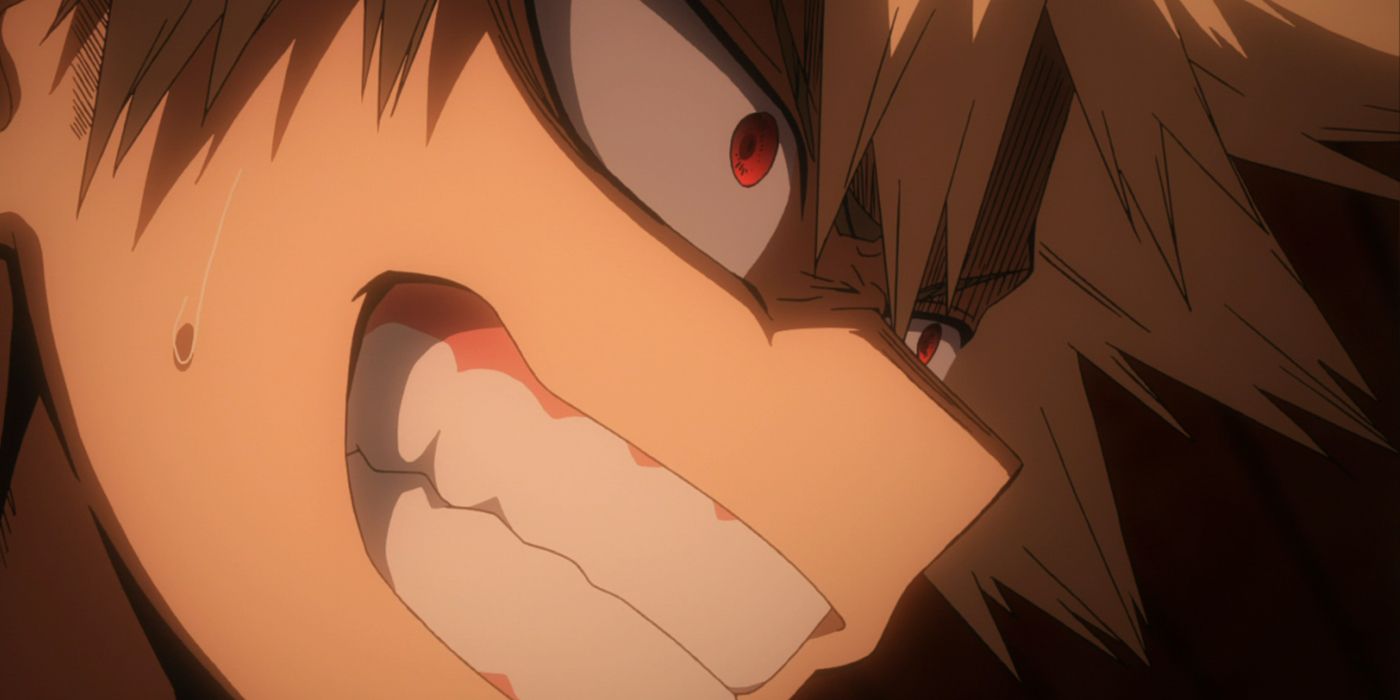
Related
Bakugo Wasn’t a Real Hero Until One of His Darkest My Hero Academia Arcs
Bakugo’s lowest moment in My Hero Academia was essential to him becoming a real hero because it forced him to reflect on his behavior.
My Hero Academia season 3 was an emotional whirlwind, with Bakugo’s terrifying kidnapping incident and All Might’s subsequent loss of powers entirely, but it also contained many positives, like the U.A. High students finally obtaining their Provisional Hero Licenses and having fun moving into the dorms together. Finally, one of the best scenes of My Hero Academia is housed within season 3, and it is the aftermath of All Might’s clash with All For One, during which he raises his fist and declares “Next, it’s your turn.” This symbolic scene represents a crucial time in Deku’s career as a hero: the moment where he officially stood up to take All Might’s place.
3
Season 6
The Paranormal Liberation War and Dark Hero Arcs
Season 6 was My Hero Academia’s most unexpected season because it had such a different feel from the five prior to it. In season 6, Deku grew fed up with the dangers and casualties caused by the League of Villains, so he took matters into his own hands and embarked on a new journey as a vigilante in the Dark Hero arc, also often referred to as the Dark Deku arc. Deku is typically an eternal optimist, so although it was shocking to watch him develop a tough, independent, and pessimistic attitude, this season did Deku’s character a favor by adding more duality and nuance to his personality.
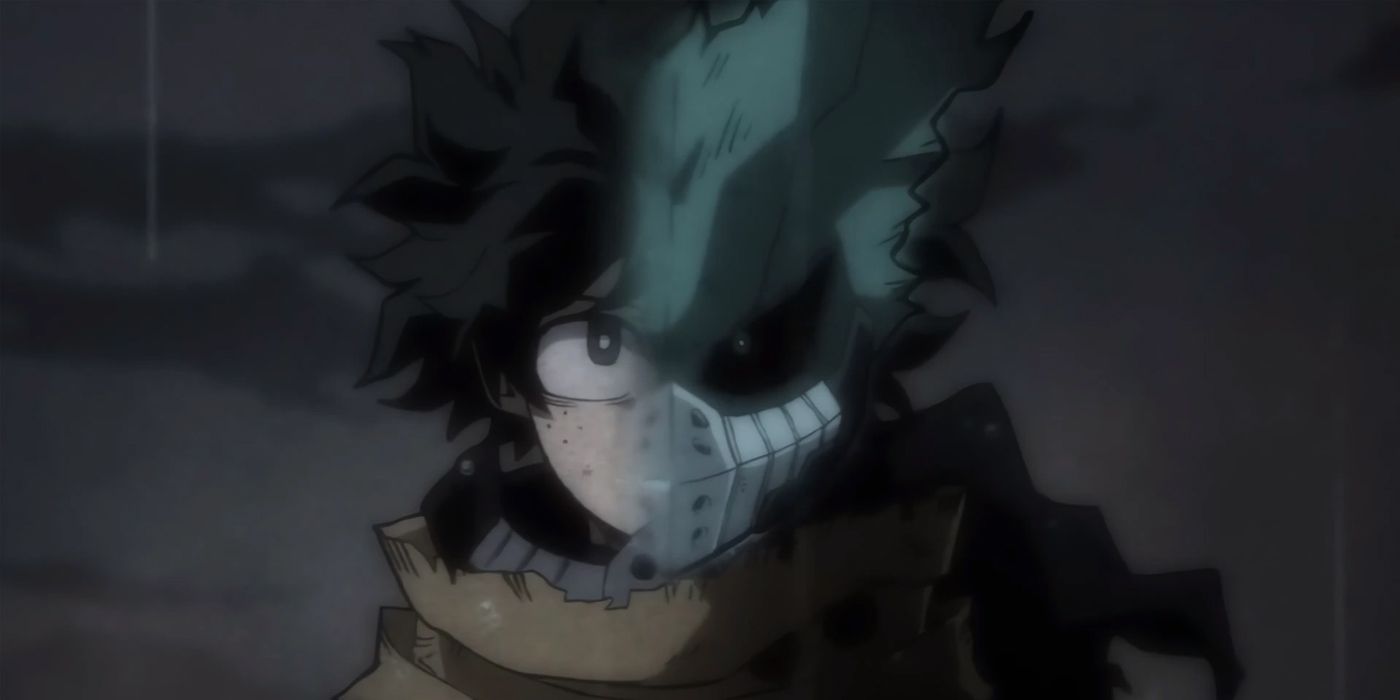
Related
My Hero Academia Is So Good, But It’s Best Arc Is a Massive Missed Opportunity
My Hero Academia’s best arc was a true masterpiece, but it would have been even better had this section of the anime been a little longer.
Although he eventually returned to U.A. High and admitted that taking on villains all by himself was probably not the wisest choice, his character development in season 6 was substantial, and he really surprised viewers in an interesting way with his decisions and attitude shift. Season 6 reminded fans not to put Deku into a box by assuming he would always act in a certain manner and revealed characteristics within him that were previously unseen. He was also able to fully showcase how far he had come as a hero, and just how proficient he is at using One For All, which led to some heart-racing fights where he achieved victory, even all by himself.
2
Season 7
The Star and Stripe, U.A. Traitor, and Final War Arcs
Season 7, the most recently released My Hero Academia season, was an action-packed spectacle that brought the war against Shigaraki and All For One to a head. Not only did season 7 lay the groundwork for the series’ 2025 finale perfectly, it was an enjoyable season in its own right. A fan-favorite Pro Hero, Star and Stripe, also took the stage in season 7, and although she did not play as significant of a role as fans may have liked, her presence was a reminder that fascinating new characters can still join the battle, even this late in the series.

Related
I Love My Hero Academia, But I Can Never Forgive the Anime’s Most Pointless Death
My Hero Academia wasted one character’s potential by cutting their story short and reducing them to a plot device.
The stakes are higher than ever before in My Hero Academia’s seventh season, and Horikoshi was not afraid to kill major characters and reveal just how dire the circumstances of the war have gotten. The animation quality in season 7 was also absolutely top-notch and brought some of the manga’s most awaited scenes to life. Finally, season 7 was gripping from start to finish, with some of the best battles in the entire series. Bakugo vs. Shigaraki and Toga vs. Ochaco were not just visually spectacular fights, they were imbued with incredible emotion too.
1
Season 4
The Shie Hassaikai, Remedial Course, U.A. School Festival, and Pro Hero Arcs
All of My Hero Academia’s seasons are excellent, but few left quite the impression season 4 did. The central focus of season 4 was the Shie Hassaikai arc, in which the villain Overhaul and his henchmen in the Yakuza attempted to gain control by exploiting the Quirk of Eri, a young girl. When Deku learned of this injustice, he and his comrades did everything in their power to halt Overhaul’s plans and rescue Eri from a life of misery and mistreatment. Even Kohei Horikoshi, the series’ author, has acknowledged how grim this arc was, so to offset some of that darkness, the Shie Hassaikai arc is immediately followed by the much more upbeat U.A. School Festival arc.
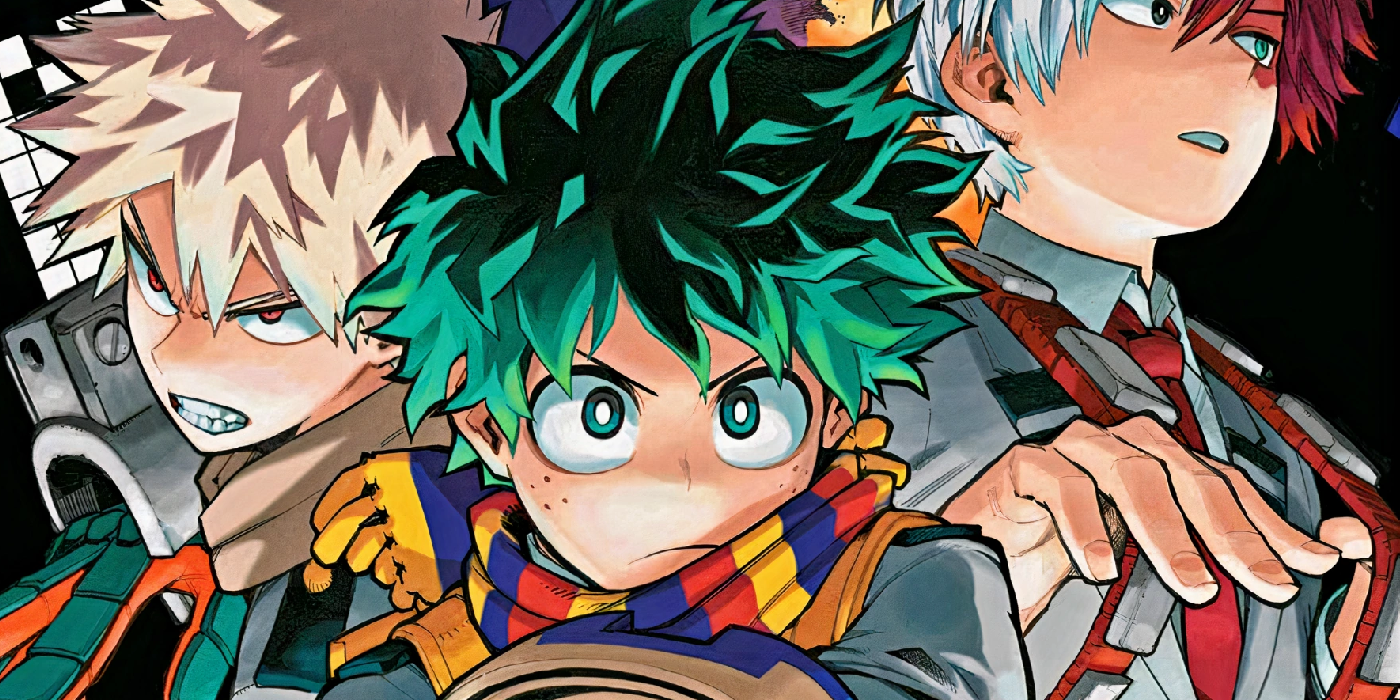
Related
“I Can’t Do This” – My Hero Academia’s Creator Had One Arc That Gave Him Serious Trouble
One My Hero Academia manga arc was more difficult for Kohei Horikoshi to write than the rest, due to its dark and intense subject matter.
Season 4 is My Hero Academia’s greatest season because it truly features the best of both worlds. The Shie Hassaikai arc delivers on drama, fast-paced battles, and even a few tear-jerking deaths, while the U.A. School Festival and Pro Hero arcs are more lighthearted and focus on the U.A. students’ normal high school experiences, an element of the show that many fans have wished they could see more of. Because it blends these two extremes so well and encapsulates everything fans love about My Hero Academia, it is not a stretch to call season 4 the series’ best so far.
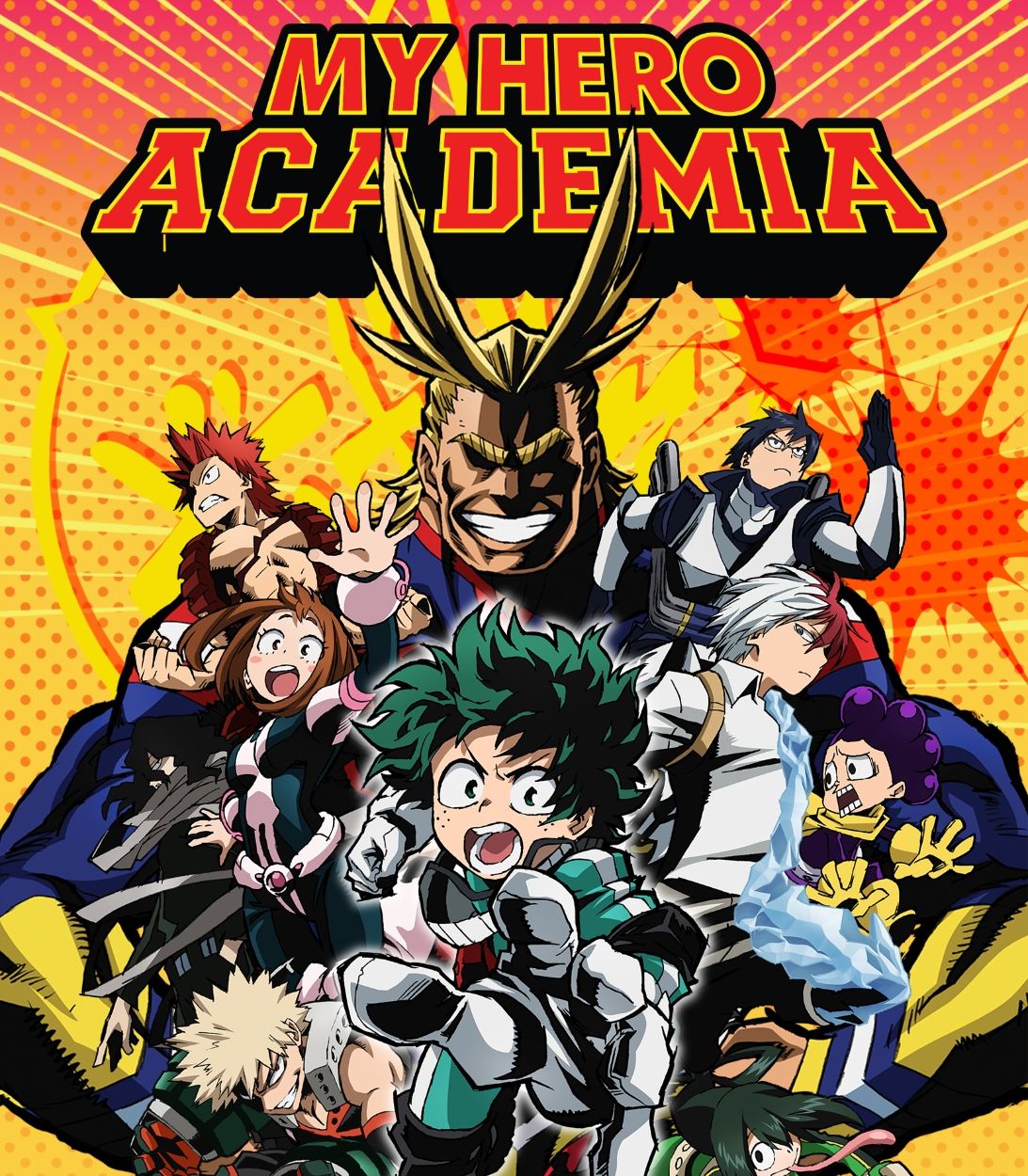
My Hero Academia
- Movie(s)
-
My Hero Academia: Two Heroes (2018), My Hero Academia: Heroes Rising (2019), My Hero Academia: World Heroes’ Mission (2021)
- First Film
-
My Hero Academia: Two Heroes (2018)
- Cast
-
Daiki Yamashita, Kenta Miyake, Nobuhiko Okamoto, Ayane Sakura, Yûki Kaji, Aoi Yuki, Kaito Ishikawa, Toshiki Masuda, Marina Inoue, Yoshimasa Hosoya
- TV Show(s)
-
My Hero Academia
- Video Game(s)
-
My Hero Academia: Battle for All, My Hero One’s Justice, My Hero One’s Justice 2